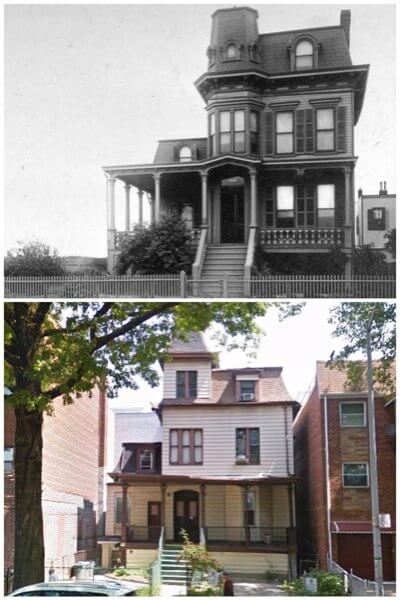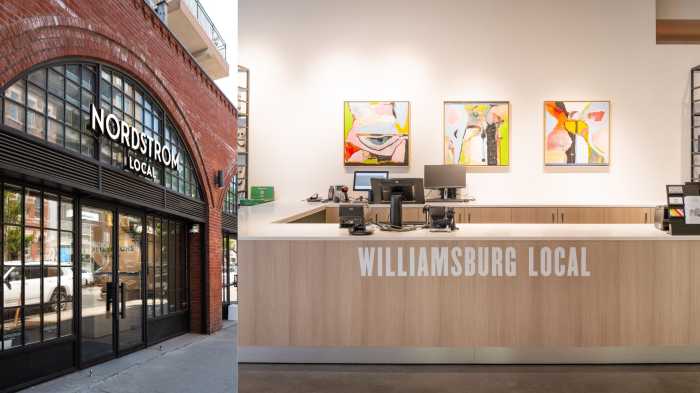By Mark Hallum
The Greater Astoria Historical Society is fighting a familiar battle in the world of historic preservation: trying to saving a location where the owner and Landmarks Preservation Commission have little interest.
The Dulcken house at 31-07 31st Ave. dates to about 1876 and, according to Robert Singleton, executive director of the historical society, was the residence and base of operations for what he calls the “first family of music.” But the LPC has rejected the society’s request to have the house saved even though it faces demolition because the building has had alterations to its facade.
“Virtually every building in New York has been altered,” Singleton said, explaining that the real issue lies in lack of support from elected officials such as Councilman Costa Constantinides (D-Astoria), who he said has brushed off requests to get involved in the effort.
Hundreds of names have ended up on a petition to save the home currently being used as a rooming house.
“This is not some obscure little dusty name, this is a name that resonates well within the world of music,” Singleton said. He gave a long explanation of the complex history of the Dulcken family and their contributions to music and close ties to the Steinway piano family, who lived a short walk away.
Johannes Dulcken (1706-1757) started the family’s legacy in Germany as an outstanding harpsicord craftsman, before moving on to other keyboard instruments still in world-class collections today.
Later generations of Dulckens broke gender barriers by performing for the London Philharmonic in the early 19th century and into the 1850s. During this time, the aristocrats and royals of Europe lined up to have their children trained by Louise Dulcken, sister Therese and their nieces Sophie and Isabella for keyboard lessons.
Ferdinand Dulcken moved to the United States in 1876 and was a composer who helped build New York City into the music powerhouse it is today by representing talent and showcasing his own to the acclaim of his contemporaries, Singleton said.
Singleton contends that Ferdinand Dulcken’s background and contribution to music itself does not explain why the preservationists are trying to save the property.
“Newspapers will say, ‘historians want to save the building,’ ‘he was a student of [composer Jakob] Mendolsohn,’ stuff like that, which really misses the point here of exactly what this person’s status was in his world that really created our world,” Singleton said. “Even though we may not know who he is or what he’s done and we see it every day.”
Gerald Caliendo Architects has filed a request with the city Dept. of Buildings to demolish home, said Singleton, who is also on the Land Use and Zoning Committee of Community Board 1.
Singleton said he is not on a mission to stop anyone, such as the owner or the developer, from making money because he, himself, is hoping to use the legacy of the Dulckens as an economic driver for Astoria through tourism, which he believes will be a better investment in the property and the community.
Reach reporter Mark Hallum by e-mail at mhall


































